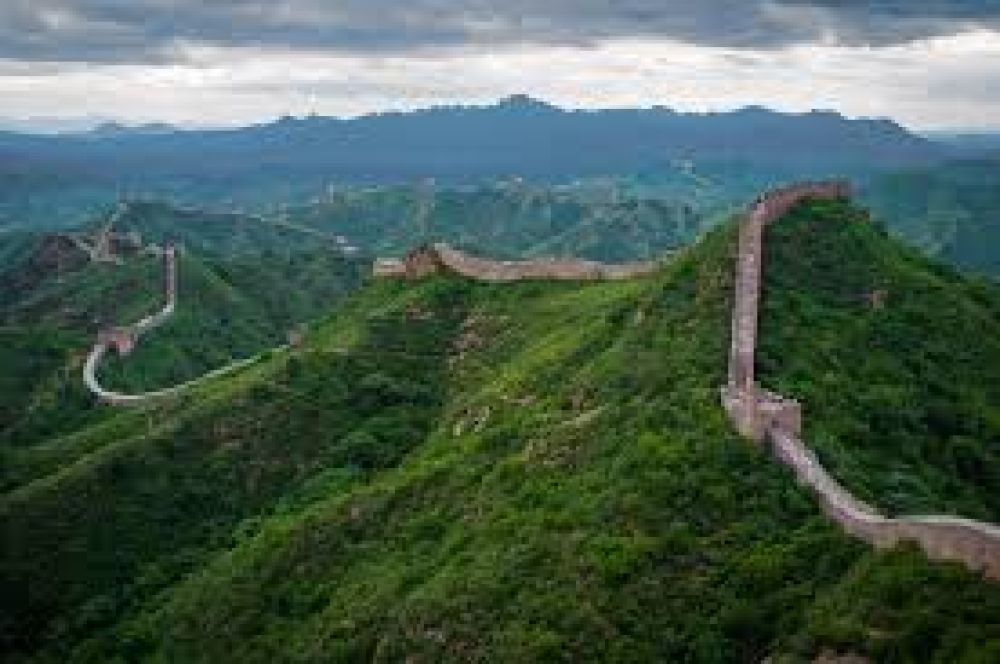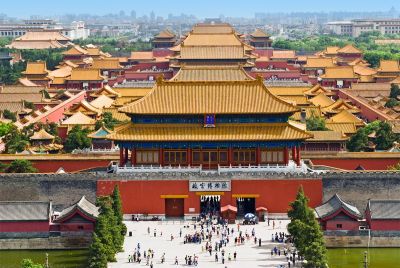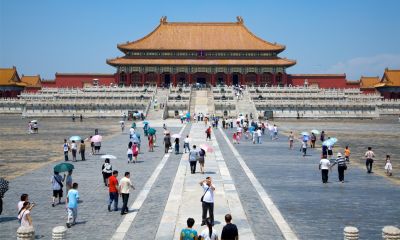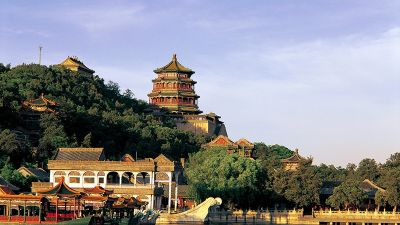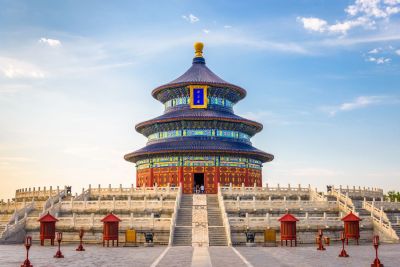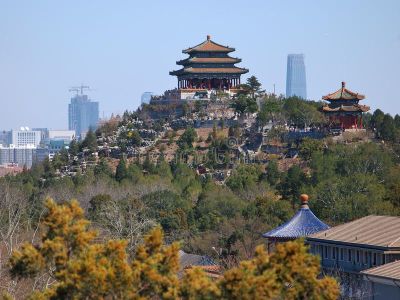The Great Wall of China, Beijing, China: Tourism History
The Great Wall of China, a symbol of Chinese civilization's strength and resilience, has been a focal point for tourists for many years. Its history as a tourism destination is inextrately tied to its past as a fortress that spans over 2,300 years. The Great Wall, stretching thousands of miles across northern China, was originally built to prevent invasion from northern tribes and has since become one of the most iconic landmarks in the world.
Early Tourism
The Great Wall began attracting tourists long before modern tourism was established. Historical records indicate that during the Tang (618-907 AD) and Song (960-1279 AD) dynasties, domestic travelers already recognized the wall as a place of interest. However, it wasn't until the Ming dynasty (1368-1644 AD) that significant restoration efforts took place, which helped to preserve the structure that many recognize today. The craftsmanship and grandeur of the wall during this period contributed to its allure among visitors.
Modern Tourism Developments
Tourism at the Great Wall of China entered a new era in the 20th century. After the establishment of the People's Republic of China in 1949, the government started investing in making the landmark more accessible and appealing to both domestic and international visitors. The most famous section, Badaling, was restored in the 1950s and opened to the public. It quickly became one of the most visited portions of the Wall due to its proximity to Beijing and the relative ease of access.
21st Century and UNESCO Recognition
In 1987, UNESCO designated the Great Wall as a World Heritage site, acknowledging its global significance and attracting more international attention. The new millennium saw a surge in visitors, with numbers peaking around the 2008 Beijing Olympics. The Chinese government has since implemented measures to control the foot traffic and preserve the structure, which include limiting the number of visitors at popular sections and carrying out restoration works.
Latest Tourism Trends
In recent years, the trend in tourism at the Great Wall of China has been shifting towards sustainable and responsible travel. Tourists are increasingly seeking authentic experiences, moving away from the overcrowded hotspots and instead exploring the less visited and more remote sections of the wall. Additionally, the introduction of digital and augmented reality experiences both on-site and online has opened up new ways for visitors to engage with this ancient wonder.
Impact of Tourism
The influx of tourists has had a remarkable impact on the local economy, creating thousands of jobs and generating significant revenue. However, it has also presented challenges related to the preservation of the Wall and the management of sustainable tourist numbers. Ongoing discussions among conservation experts, tour operators, and government officials focus on finding a balance between tourism development and heritage conservation.
Conclusion
The Great Wall of China continues to stand as a bastion of culture and history, a testament to human ingenuity and endurance. As one of the most recognized symbols of China, it draws visitors from around the globe, contributing to the dialogue on the significance of cultural preservation in the context of modern tourism.
